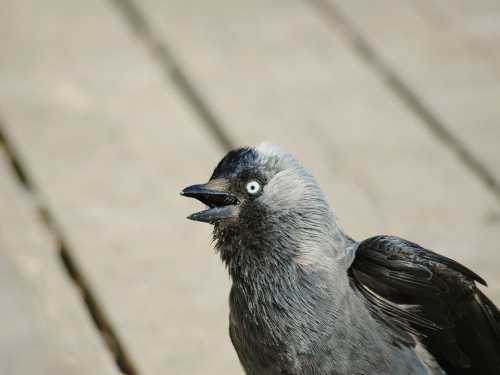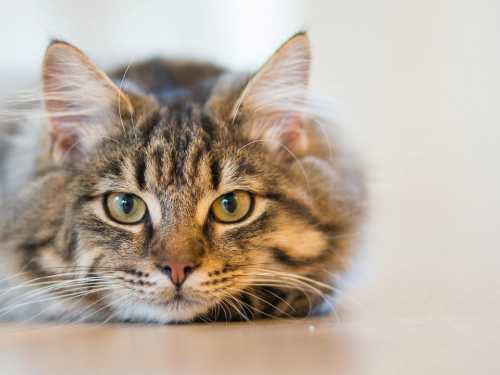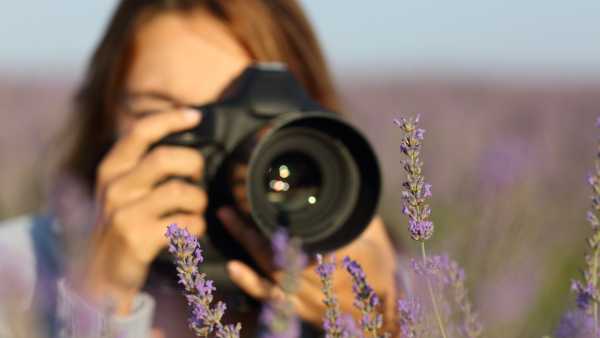
The bird lives in Eurasia and North Africa. It usually hangs out in all sorts of meadows, fields, wastelands and garbage dumps near the entrance. In general, jackdaws are not pigeons, but these noisy animals can often be seen in the city.
Compared to other members of the corvid family, our bird is quite small. From a distance, it can be confused with the aforementioned pigeon. Flocks of street bandits often hang together, stealing food from each other. The parameters of this fidget are as follows: 34-39 cm in length and 180-270 g of live weight. Wingspan – 65-74 cm, more than half a meter, however. The color is mainly black, with a characteristic silver-gray nape and sides of the neck. The eyes are light gray, sometimes with a blue tint, and seem a little dazed.
Our Aunt Galya is omnivorous. She happily pecks at bugs, spiders, and worms. She doesn't disdain the babies of other birds, but we can't blame her for that. After all, the chicks of most species look more like clumsy slugs than like members of their feathered brethren. In winter and autumn, the jackdaw's diet changes, focusing on plant foods (seeds, fruits, grains) and available waste, but she remains omnivorous. We want to say that she feels great about it.
Of course, urban jackdaws deviate somewhat from their natural diet. Food waste is almost a feather for them. After all, it's hard to resist the temptation to grab something harmful but tasty when a buffet of delicacies from the two-legged table awaits you in every yard.
Despite the fact that a flock of jackdaws looks like a chaotic, noisy mess, these birds have their own hierarchy. The flock is led by a pair of alpha jackdaws: a female and a male. Only the boys fight for power. If one guy takes out another, higher-ranking one, in a fair (or not so) fight, the status increases not only for the winner, but also for his girlfriend. This complex system is supported not only by fights, but also by rituals.
For example, jackdaws actively share food. Subordinates may offer food to dominant individuals to appease them, and members of a pair feed each other to strengthen their bond.
In general, our heroine is a grumpy bird. In a state of aggression, Galina turns into a real feathered fury. If you ever tried to offend her, blame yourself. This brave girl is not afraid of anyone and can fight back if you make her angry. And you won't do anything to her for it, because the bird will remember your face, but you won't. Birds have an amazing memory. People who have caused harm are immediately blacklisted by the entire group. As soon as they see a two-legged pest, the vigilant jackdaw immediately carries the news of your evil fame to the entire flock. So you shouldn't offend the birds.
But not everything is so gloomy. In their free time, jackdaws are great mischievous creatures. They can play for hours, throwing pebbles from the roof, teasing cats and dogs by pulling their tails, or performing complex acrobatic tricks in the air just for fun.
Jackdaws are capable of making many different sounds for communication and even mimic human speech, although not as skillfully as parrots.
Jackdaws settle in all sorts of holes. They are not averse to brazenly settling in old rook and crow nests. Why should they stand in vain? They also settle in people's houses. We sympathize with all those who have flashbacks about the jackdaw's cry from the attic. By the way, when furnishing their homes, these birds behave like real magpies – they drag everything that shines to their nest. Foil, broken glass, lost jewelry – all this can become part of the interior of their home, which sometimes helps people find long-lost things.
Jackdaws choose a pair for life. In the event of the death of a partner, the bird can remain alone for a long time, but then usually finds a new pair. A jackdaw can lay 4-6 eggs at a time. The chicks leave the house a month after hatching. The grown-up hooligans continue to crow, but now they are in your yard. And they can crow for a long time: in the wild, the average lifespan of a jackdaw is about 5 years, but under favorable conditions, some individuals live up to 15-20 years, especially if they are lucky with a food base and a safe place for a nest.





